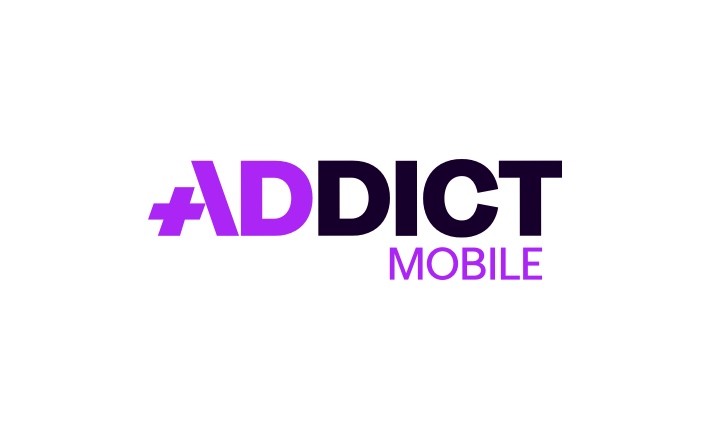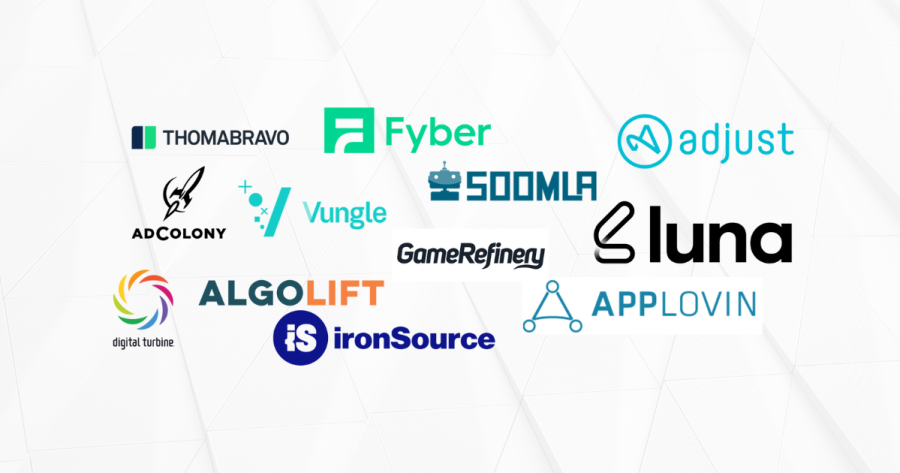How effectively target your mobile audience?

Mobile advertising attracts more and more brands: analysts predict that marketers will spend over $ 50 billion in mobile advertising in the US in 2018, twice as much as desktop.
Enthusiasm for mobile advertising could be explained by 3 main factors:
 Firstly, time spent on mobile (mobile web browsing and applications) has increased 5 times since 2011;
Firstly, time spent on mobile (mobile web browsing and applications) has increased 5 times since 2011;- Secondly, tracking tools (such as Adjust, Appsflyer, Tune, Kochava) now allow to accurately assess the ROI of each user, from each source of acquisition;
- Finally, mobile advertising benefits from deeper user information and more sophisticated targeting capabilities than on desktop.
Why is mobile targeting so important?
First of all, mobile targeting allows to avoid paying the display of an advertisement, the click or the download by a user who might not be interested. Excluding user groups (eg Male vs. Female; 3G vs. WiFi) reduces the cost by 30-40%.
We can go further with targeting on mobile, since mobile is a personal device: a mobile user can be personally identified thanks to its device ID. There are on the market huge databases personal data associated to device IDs, such as gender, age, location, interests, other apps downloaded on the device, time spent, previous purchases done in similar apps, etc.. For instance, you can target a highly qualified audience (strategy game players who have already paid a similar game). You can also send a specific message to a targeted group of users: for example, discounts for users who already have the application and did not open it since 1 week (retargeting).
Obviously, by targeting very qualified users, the ROI will be better. So you will be able to bid at a higher price. This is particularly important for acquiring large volumes of users on ad-exchanges RTB systems
How to achieve an efficient mobile targeting ?
- Pre-targeting: consists in giving targeting criteria to acquisition sources prior to launching your campaign (eg gender, age, geography, focus, type of device or connection). Some acquisition sources such as Facebook allow to target look-alike groups of users. With a significant experience on pre-targeting, it is also possible to target, for each acquisition source, applications or websites where the ad is displayed (sub-sources, or sub publishers);
- A / B Testing: allows to compare the performance of several sets of targeting criteria. It is common to test 10-15 different campaigns with various targeting criteria and creatives towards sample of users, before scaling the most efficient campaigns to a broader audience;
- Post-targeting: is vital to optimize campaigns based on daily performance data of each acquisition source and even each acquisition sub-source.
However a too narrow targeting also present drawbacks!
Indeed, the overall inventory available on mobile is still relatively “limited”, and demand for advertising space is often higher than supply, which leads to strong price competition. For instance, if you promote a photo application while targeting only women fan of photos, it is likely that you are in direct competition with many other advertisers: prices will obviously increase.
Thus, while your targeting gets more specific, you should also ensure:
- To diversify at maximum the acquisition sources, in order to increase your potential audience;
- To position on “niche” or “less competitive” targeting criteria, avoiding “fan of Kim Kardashian”
An efficient targeting has a significant impact on the performance of a mobile advertising campaign, allowing to reach long-term profitability. It requires strong data analysis abilities, a lot of time and expertise. There are a few technologies on the market like Addict Mobile, that help analyzing a large amount of real time data (big data), and using machine-learning from past campaigns to optimize targeting.
ACTUALITÉS
Article en relation

Cityscoot rolls out its app across Europe and…
Cityscoot is the number one service for self service electric scooters. Launched in 2016 in Paris, the brand has rapidly expanded to...
Publié le 7 April 2021
The mobile app ecosystem is consolidating!
The latest major changes in the mobile app ecosystem (privacy, Apple’s ATT Framework, maturity of advertisers.) are forcing players in the mobile ecosystem...
Publié le 1 April 2021
Addict Mobile was awarded during the event Les…
During the event Les Mobiles D’Or, we have been given the award for Mobile Acquisition. It rewards the success of the partnership between...
Publié le 29 März 2021